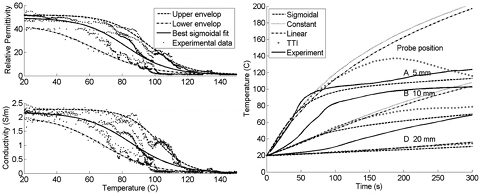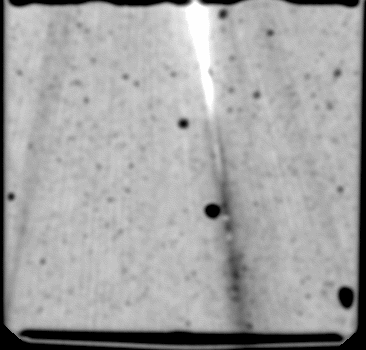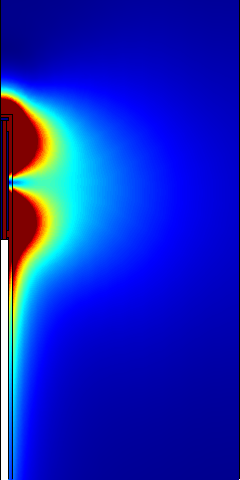One way to accelerate thermal ablation device and system design is by computer-aided design. We use numerical simulations to predict how devices will perform in experimental and clinical environments. Simulations allow us to interrogate more parameters (device geometry, tissue properties, power inputs, anatomic placement, blood flow, etc.) than is feasible in experimental setups. Simulations also provide more a more controlled environment for design. However, the simulation output is only as good as the inputs provided, so we are working to improve numerical models of tissue properties.
Ablation Biophysics
Thermal ablation can include electromagnetic waves or acoustics, heat transfer, mass transfer, structural dynamics, and phase change. Understanding the complex and dynamic interactions of these physical processes in tissue helps us optimize ablation tools and techniques. We first described the substantial decrease in relative permittivity during thermal ablation, which has allowed us to develop temperature-dependent models that improve the accuracy of simulations.

It is very easy to see the reason for such changes, as large amounts of water vapor can be created during microwave ablation.

Numerical Simulation
As we improve the input models, we can expect to see more accurate simulations. Those simulations can then be used to help develop devices such as microwave ablation antennas. Our work in this area also applies to other types of thermal ablation, including radiofrequency and cryoablation.
